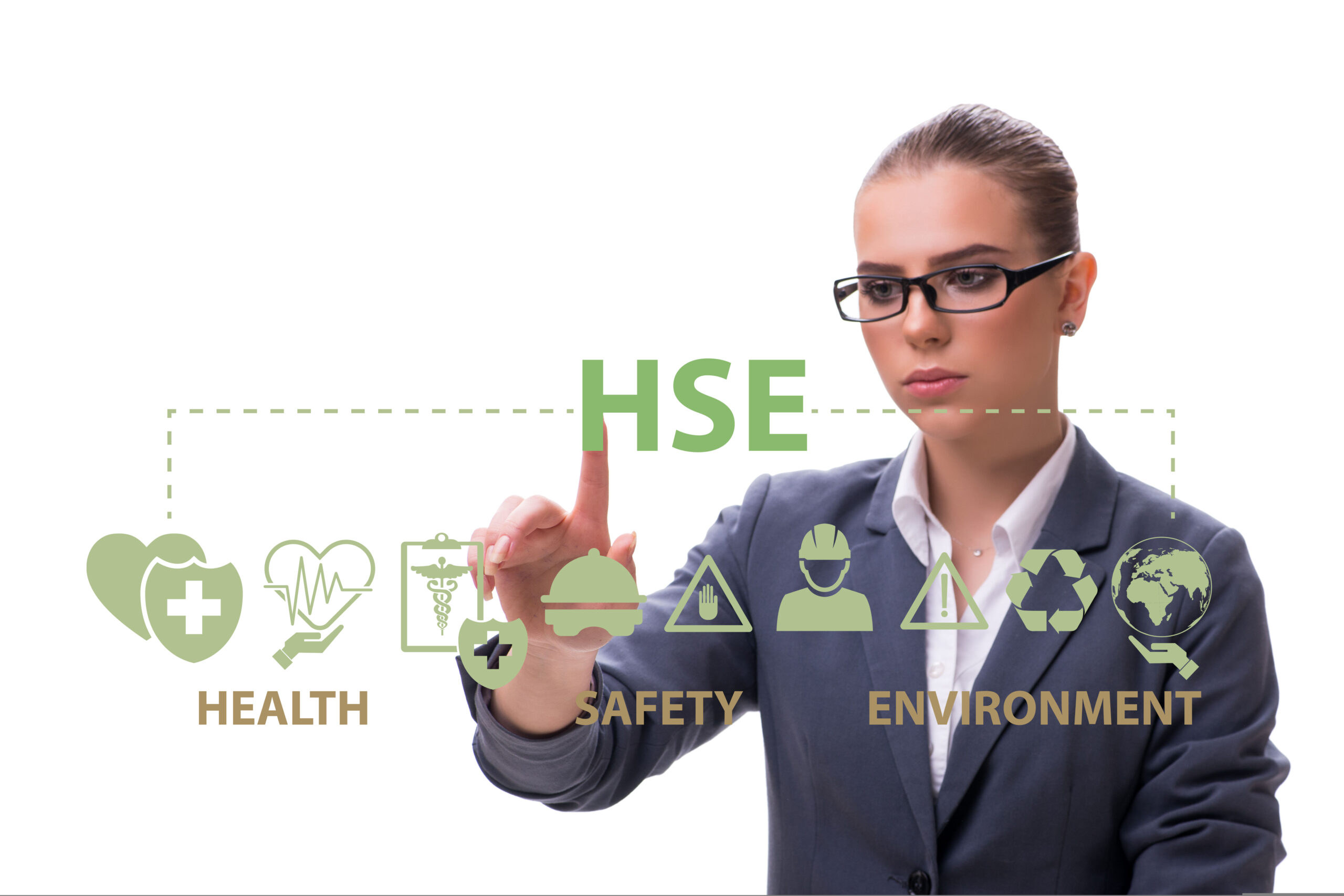Environmental health and safety (EH&S) management has become increasingly important in companies – from preventing workplace injuries to ensuring a well-lit working environment. Unfortunately, many times the “E” for “environmental” is seen as less important in the modern workplace, or simply not prioritized. EH&S managers must adopt a set of environmental management skills to ensure adequate EH&S protocols are enforced in the organization.
What does an EH&S manager do?
EH&S managers either develop or lead others in the processes necessary for the implementation and oversight of an organization’s safety program. Ideally, they optimize the practices that an organization has in place to handle environmental management, health protection, and occupational safety.1 EH&S managers are responsible for ensuring the company complies (and stays up to date) with regulations enforced by the Occupational Safety and Health Administration (OSHA) and the Environmental Protection Agency (EPA). This can entail working to determine and manage potential risks, creating and/or assigning environmental awareness and safety training, investigating all incidents that occur, and streamlining all operations to minimize risks. Some of these tasks can present an obscure or difficult challenge. Therefore, it is important for EH&S managers to have developed certain skills to be successful in their roles, particularly when it comes to the aspects involved with environmental management.
Skills Essential for Environmental Management
Although technology is playing an increasingly larger role in the day-to-day processes of EH&S management, and many tasks are being made simpler with the introduction of EH&S software, an EH&S manager still requires a certain set of skills to successfully navigate and diminish environmental incidents and risks.
1. Transparent Reporting
Pressure has been mounting for companies to be completely transparent2 regarding their environmental impact, compliance audit findings, any environmental incidents they have been involved in, and how these incidents were mitigated. Although not all companies are required by law to disclose this information, demand from stakeholders, customers, and the general public is on the rise for voluntary disclosure. Additionally, as the key purpose of voluntary reporting is to make information available and understandable to the public, good communication skills come into play when considering the transparency of reports. Overloading statements with technical jargon and inscrutable data will not benefit a company’s image.
2. Data Literacy
EH&S managers must be able to interpret data. The field of EH&S is leaning towards more proactive safety measures, which have been honed and introduced more and more through data captured and stored in centralized EH&S software systems. Though these tools can analyze data and generate graphs and reports, EH&S managers must still be able to understand what data is important and what the findings mean. A basic understanding of charts, tables, and graphs, and how to use these displays to communicate the results to other stakeholders is essential.
3. Adapting to Change
Workplace systems change with the advancement of technology, regulations, and best practices. To improve alongside these progressions, EH&S managers will have to adapt to the changes, and continually educate themselves on the latest processes, technology, and tools available. It is imperative for EH&S managers to develop in this way, not only to be able to understand what is required of them but also to be able to train fellow employees on safety methodologies and equipment. Of course, all this is easier said than done, as changing well-established systems for operations entails new methods of communication, altering protocols, and problem-solving.
4. Working Remotely
Even before the explosion of remote working opportunities caused by the global COVID-19 pandemic, these positions were becoming increasingly available due to technological advancements. 3 EH&S management positions are no exception. Additionally, consultation positions are growing in popularity for EH&S managers, 4 which can include offsite jobs. With comprehensive and mobile-friendly EH&S software in place, environmental incidents can be reported at the site, and managers can access these reports in real time. This same software can enable team communication and management, even at a distance.
5. Time Management
A large part of being able to both work remotely and complete normal tasks while learning new technology and methodologies is practicing good time management. Additionally, in the field of EH&S, often there are more risks and hazards present in the work environment than can be immediately addressed. As such, the ability to prioritize certain problems or projects over others, for themselves and their team, is an essential skill for EH&S managers. Also within the category of time management, EH&S managers must be understanding of the time it takes to implement new processes, training, and tools and be able to communicate clear expectations to their team (as well as adjust those deadlines when interruptions or delays occur).
Improving Environmental Management Skills
There is no “special recipe” or one-size-fits-all method for controlling the working environment. The proper procedure for environmental management will look different at every organization and will need to constantly adapt as regulations, technology, teams, and the company itself change. EH&S managers will need to have the previously discussed 5 skills to be able to keep pace. Even the most experienced EH&S expert may struggle to maintain or acquire these skills. Having cutting-edge tools can certainly compensate for areas with current or future deficiencies. EH&S software can help managers and other employees make strides in improving efforts for transparent reporting, data analysis, and tracking changing regulations, and therefore help save time and free up resources for other tasks.
Author Bio
The SafetyStratus Research Advisory Group (RAG) brings together thought leaders from the global environmental, health, and safety community to promote best practices and provide key insights in the profession and the industries they serve. The Research Advisory Group also advocates, where practical, the intersection of and advances with the use of technology, such as the SafetyStratus enterprise EHS software platform. Group membership consists of representatives from across varied disciplines and market sectors as well as select members of the SafetyStratus team.
The primary objectives of the SafetyStratus RAG partnership are to:
- Build a strategic partnership between EHS practitioners and the SafetyStratus team.
- Provide engaging and practical content to the global EHS community.
- Provide discipline and market feedback specific to SafetyStratus products and services.
While the objectives of the RAG are varied, the primary public-facing outcome will be available through engaging and practical content found on the SafetyStratus resource pages. Various articles, papers, and other valuable resources will be produced and shared as part of an ongoing effort to cultivate a robust community. Ultimately, the SafetyStratus RAG will expand to have a broader reach and provide opportunities for more inclusion by all interested EHS professionals in a collaborative community environment.
References:-
========
1 EDP Solutions. EHS Manager. Website: http://www.exploration-production-services.de/en/e-ehs-manager.html Accessed 14/09/2021
2 Joy Inouye. Research Outlook: Corporate Transparency and EHS. The Campbell Institute. Website: https://www.thecampbellinstitute.org/wp-content/uploads/2017/06/Research-Outlook-Corporate-Transparency-and-EHS.pdf Accessed 14/09/2021
3 Topf, M. (2005) The Alternative Work Force: Safety Challenges When Employees Work Remotely. EHS Today. Website: https://www.ehstoday.com/safety/article/21908349/the-alternative-work-force-safety-challenges-when-employees-work-remotely Accessed 14/09/2021
4 Kumar, Jay. (2022) EHS On Tap E134: EHS Professionals and the Gig Economy. EHS Daily Advisor. Website: https://ehsdailyadvisor.blr.com/podcast/ehs-on-tap-e134-ehs-professionals-and-the-gig-economy/ Accessed 15/11/2022



